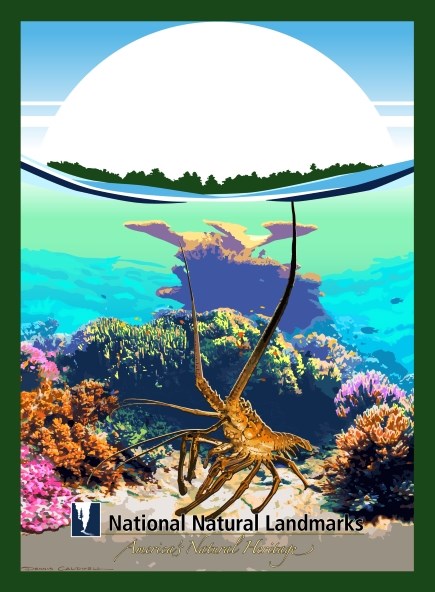
Coral islands, reefs, and atolls are vital marine ecosystems found in both tropical and subtropical waters. While the U.S. Virgin Islands and other Caribbean territories are in warm, tropical waters near the equator, the southeastern coastline of the U.S. stretches from the subtropical waters of Florida to the temperate zones of the Carolinas and Georgia, supporting a diverse range of marine habitats.
Coral islands are built of organic material comprised of coral skeletons and other associated plants and animals. These tropical islands consist of low land that is surrounded by white coral sand beaches. Geologically, coral islands are one small part of a whole coral reef platform.
Coral reefs are the collective structures of living hard coral that form intricate underwater ecosystems, providing homes to vibrant fish species, mollusks, sea turtles, and invertebrates. Coral reefs take on three main forms based on their distance to the mainland or an island and mode of formation. Fringing reefs, which grow seaward directly from the shore are the most common. Barrier reefs also border a shoreline though are separated by from land by an expanse of water or lagoon. Atolls are usually circular or oval with an open lagoon in the center.
The coral reefs in Florida and the U.S. Virgin Islands are among the most diverse, while in North and South Carolina and Georgia, the reefs and submerged islands are often found in the deeper waters off the coast. Coral islands and reefs in these areas also serve as vital ecosystems for nesting seabirds, marine life breeding, and feeding grounds. Atolls and barrier islands, such as those in the U.S. Virgin Islands, surround lagoons and protect coastal areas from erosion. These ecosystems not only support biodiversity but also offer essential services such as coastal protection, water filtration, and resources for tourism and local economies.
There are National Natural Landmarks designated for their coral islands, atolls, or reefs that illustrate the beauty and diversity of these ecosystems. Some of these include:
- Lignumvitae Key, FL
- Reed Wilderness Seashore Sanctuary, FL
- Wassaw Island, GA
- Bear Island, NC
- Cabo Rojo, PR
- St. Phillips Island, SC
- Salt River Bay, PR
- West End Cays, PR
- Virginia Coast Reserve, VA
- Green Cay, VI
- Lagoon Point, VI
Last updated: April 10, 2025
